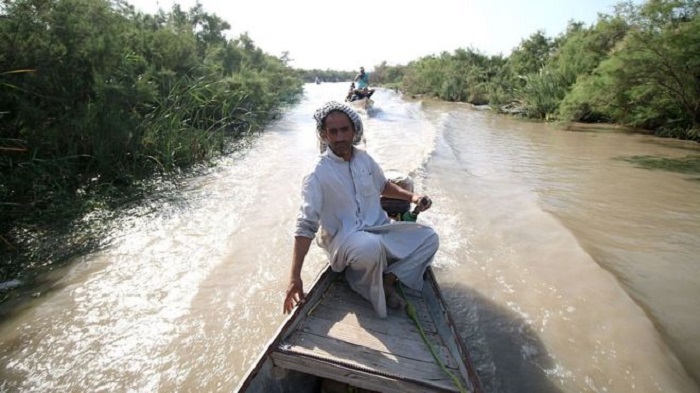The area was ordered drained in the 1990s by Saddam to stop it being used for cover by rebels.
The marshlands have partially revived since his overthrow in 2003.
A major restoration programme has seen people and wildlife return to the area, regarded by some as the site of the Biblical Garden of Eden.
Unesco said the area was "unique, as one of the world`s largest inland delta systems, in an extremely hot and arid environment".
It also contains the ancient sites of Uruk, Tell Eridu and Ur - the birthplace of Biblical patriarch Abraham.
In the 1970s, the marshes, formally known as the Ahwar of Southern Iraq, covered some 3,500 sq miles (9,000 sq km), but were reduced by Saddam to barely 290 sq miles.
The former ruler sought to punish the Marsh Arab tribes who had risen up against him after the first Gulf War and also deprive opposition forces of a base for operations.
Huge tracts were drained and dams were built, causing hundreds of thousands of Marsh Arabs to flee.
Over the past decade, local efforts to re-flood the area and help from environmental agencies have replenished about half the wetlands.
Wildlife and Marsh Arabs, native to the wetlands for about six millennia, have also since made a return.
The marshlands, however, remain at risk to drought, dams and irrigation schemes.
More about:
















































